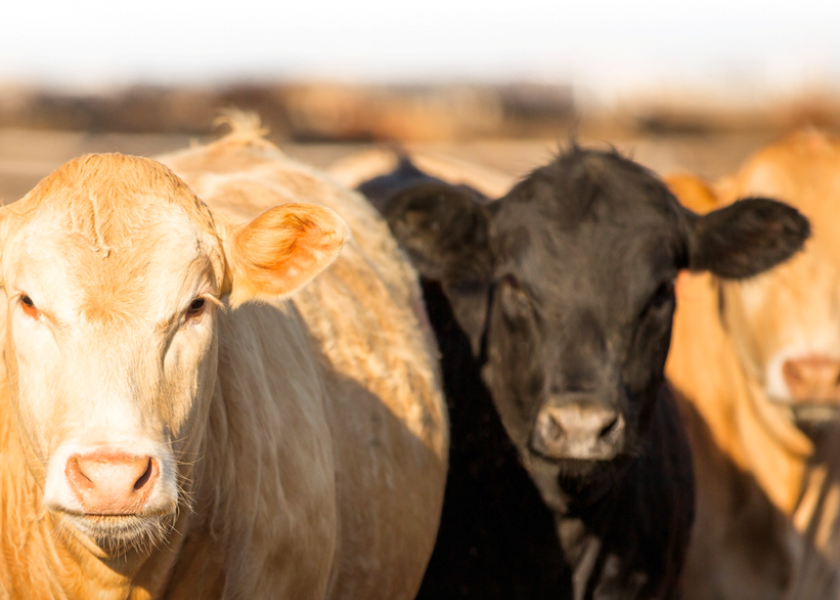Stop the Blame Game — It Could Be Coccidiosis

It’s easy to blame your products and programs when cattle don’t respond to even the best of care. You put a lot of time and resources into developing sound nutrition, vaccine and antibiotic treatment programs, so it’s frustrating. Before jumping into frantic action, consider what could be the real culprit—coccidiosis.
Blaine Corners, Ph.D., a senior beef cattle nutritionist with Zoetis, shares solid advice and fundamental steps in battling the challenges of coccidiosis.
Cascading Effect
When it comes to coccidia infecting cattle, the biggest impact comes from what else this parasite can do to your lightweight calves, not coccidiosis itself. You can read more about how to manage coccidiosis in this article, but, in short, coccidiosis:
- Impacts the use of nutrients in feed, in addition to reducing feed consumption and efficiency
- Influences a calf’s ability to respond to vaccinations and antibiotics
Coccidiosis affects cattle that often have compromised immune systems to begin with. Coccidia destroy intestinal cells, which impacts the use of nutrients, which are essential for proper development of immunity. And when the immune system is further compromised, the door is opened for more harmful pathogens, such as those associated with bovine respiratory disease (BRD). The compromised immune system makes it nearly impossible for the calf to respond to vaccinations or antibiotic treatment. Many times, we call it a treatment failure, but it’s really an immune system failure.
Could It Be Coccidiosis?
If you’re noticing lost performance or slower response rates, you can work with your veterinarian to diagnose if coccidiosis is the cause. Your veterinarian will work with you to:
- Submit fecal samples to a qualified laboratory for oocyst (immature coccidia) count and speciation.
- Ensure a good sample. You’ll need to take more than one sample of feces from affected calves.
Other possible causes to explore could be bovine viral diarrhea virus (BVDV) or Salmonella. I encourage producers to work with their nutritionist to check feed intakes, feed delivery system, milling procedures and ration formulations. Also, visit with your veterinarian to set realistic goals and expectations for animal health product success on your operation that fits the cattle you are working with.
Learn about an approach to manage coccidiosis early in the first part of this two-part article series, Nutritionist Quick Tips on Battling Coccidiosis. For more information about feed additive solutions to help prevent coccidiosis, visit cattlefeedadditives.com.







